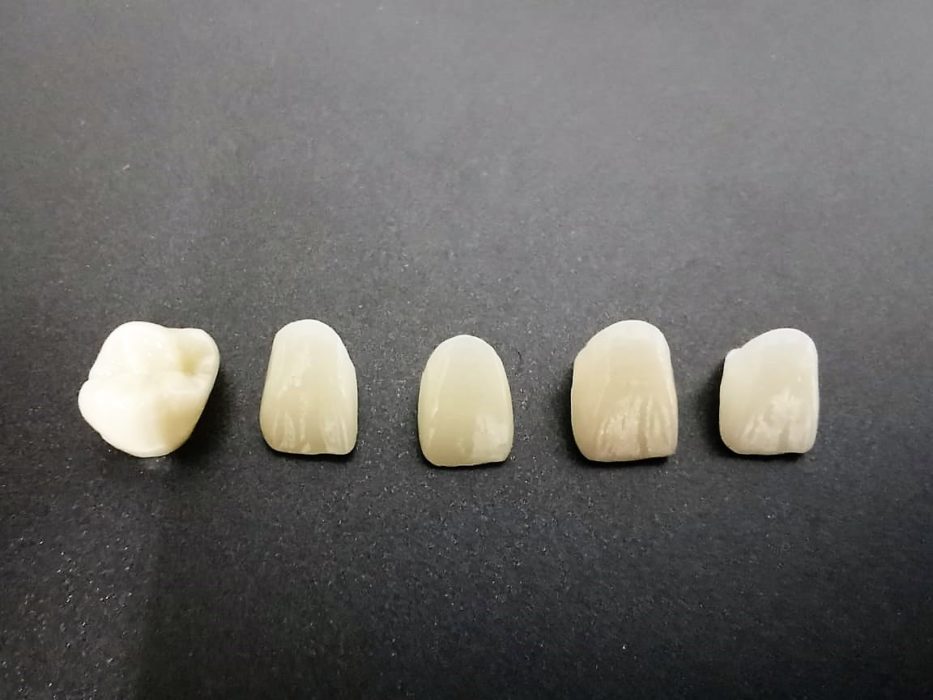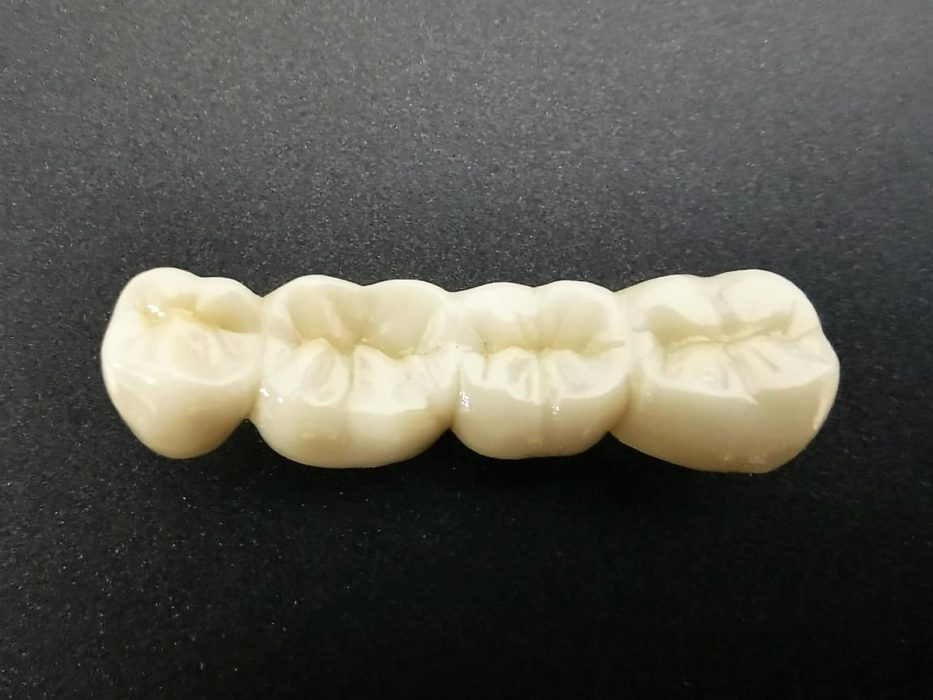A tooth has two main parts; the root, that sits under the gum and keeps the tooth in place, and the crown, the part above the gum we use to bite and chew. When the crown of a tooth becomes damaged, it’s best to restore it with a dental crown. Left untreated, a damaged crown can cause multiple problems: Pain Increased risk of infection Risk of the crown cracking Damaging teeth on the other side of the jaw by trying to avoid chewing with the damaged tooth To restore the structure and strength of the tooth, a restoration called a crown or complete crown is used. A dental crown can be thought of like a helmet that sits over a damaged tooth, protecting it and restoring its functionality.
Dental crowns can be made out of a variety of materials. These include, but aren’t limited to:
- Porcelain, which provides great esthetics and strength.





